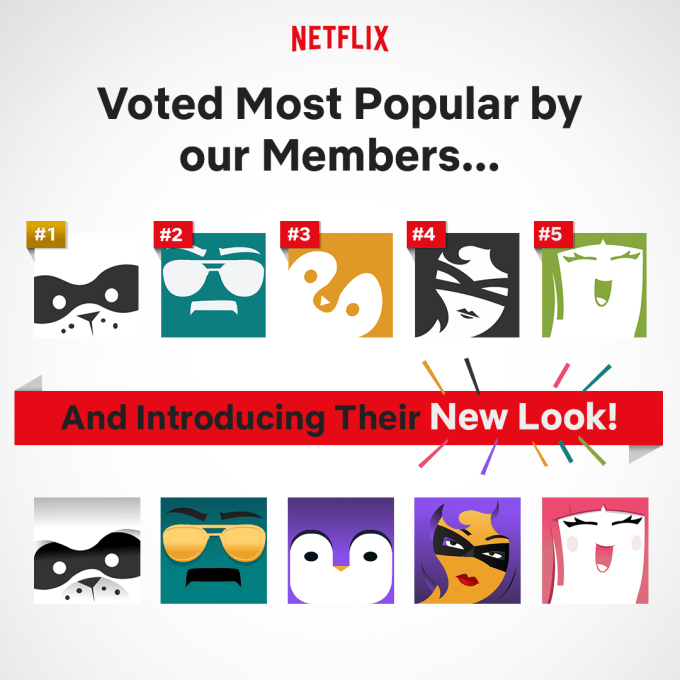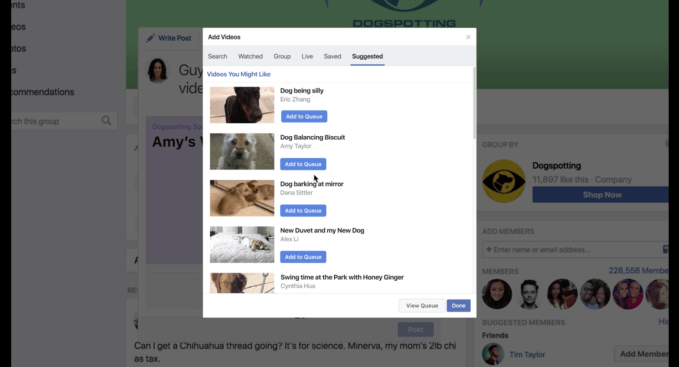Market research firm GlobalWebIndex, which provides consumer insight data for marketing purposes for customers including Google, Spotify, WPP, IPG and Omnicom Group, has closed a $40 million Series A round. The funding is its first VC raise, almost a decade after the business was founded.
The investment comes from New York-based growth fund Stripes Group, along with a number of other unnamed data, software and consumer technology companies. GWI says it will be used to accelerate product development and for international expansion, including in the U.S. and Asia.
The company is based in London but has recently opened offices in New York City and Los Angeles, as well as having technology hubs in locations across Europe.
With the new funding it says it’s planning to open more international offices across the Americas and Asia Pacific to support a client base which spans more than 80 countries.
But why take VC now? “After nine years with no funding and seeing phenomenal growth and expansion, we are still seeing an increasing demand for our data, especially from companies that we haven’t traditionally sold to,” says CEO Tom Smith.
“The new funding will support our product development and hiring efforts so we can establish ourselves as the go to platform for digital consumer insights for the marketing industry.”
The company believes it’s positioned itself on the right side of digital history, having chosen an opt-in, survey-based route for gathering a chunk of its consumer data for market research purposes — putting detailed questions to its global panel of 22 million web users from whom it’s gaining up front consent to their data being processed.
Europe’s new data protection framework, GDPR, is explicit on the need for consent to be informed, specific and freely given if that’s your legal basis for processing people’s personal data.
On the product development front, GWI says it’s working to develop new ways of collecting consumer data — having developed a proprietary, device-agnostic “messenger-style survey tool” which Smith says allows respondents to “answer questions at times and in formats which suit them”.
“It’s about putting the consumer first — not just in how their data is used, but how you run the survey itself. With this new approach we hope to be able to return survey results faster to our clients, so they can make quick business decisions based on insights retrieved from our tried and tested methodology,” he adds.
“Years before GDPR, we wanted to be respectful to those who take one of our surveys, meaning that they see consumer-centric privacy and consent notices which use easy-to-understand language to outline what we do, why it’s important to our clients, and what their responses will be used for.”
“We ask our respondents a wide range of questions relating to their digital lives and lifestyles,” he continues. “This covers everything from their social media, device, media consumption and online behaviors to their interactions with brands, their attitudes and their daily life. For us, it’s key to understand not just what people are doing online, but the attitudes, motivations and beliefs which drive this.”
GWI’s primary product offering is its core study — which is fielded in 44 countries, and which it says contains 25,000 data points on 22M+ “connected consumers”.
“Each year we interview hundreds of thousands of representative individuals about their digital lives. The aggregated results of this are made available on our industry-leading platform on a syndicated basis, where clients can build and then analyze any audience they like. For example, you could look at Older vs Younger Millennials, Mums vs Dads, Instagrammers vs Snapchatters — in each case, understanding which behaviors and attitudes are unique to each group,” explains Smith.
It also offers a range of custom services to supplement that core survey-based market intelligence data.
“Many clients use this offering to ask follow-up questions to our respondents, allowing them to overlay the answers to their bespoke questions with the 25,000 data points contained in the core data set,” he says, adding: “We also offer a wide range of other research solutions such as brand tracking, path to purchase journey, ad-effectiveness, concept testing, website analytics and more. Here the sheer scale of our panel — currently at 22M consumers — is a real differentiator.”
All survey respondents are compensated for their time, according to Smith — in different ways, depending on the market, but including via monetary payments, vouchers, loyalty points, charitable donations etc.
One thing to note is that GWI does also use cookie-based tracking to gather data less directly — including by working with partners. So it is also reliant on third parties obtaining consent to data processing, and must therefore rely on those partners to cleanly and fairly obtain consent for this portion of its market intelligence activity.
“In some instances, the cookies we use as part of our research are dropped by the research panels we work with, rather than by GlobalWebIndex itself. In these instances, all such panels are required to obtain consent in GDPR-compliant manners,” says Smith on this.
The company tells TechCrunch it uses cookie tracking to enrich its core survey data, and only uses cookies to track the behaviors of its panelists — and only those who have actively opted in to this type of tracking.
“Our analytics technology connects the data we collect through surveys to the behaviors of our panel on client websites and connected properties, as well as their exposure to digital advertising campaigns. In this way, we can leverage the 25,000+ data points we collect through panelist interviews to their browsing behaviors and online activities, providing a unique connection between brand engagement and the attributes, motivations and interests of our clients’ target audiences.”
“The GDPR was welcome validation of the approach we have always adopted, whereby respect for the consumer is central,” adds Smith. “Given that we have a direct relationship with the individuals who complete our surveys, we have an amazing opportunity to outline there and then what we want to do with their responses, and to gain their explicit consent for the use of cookies.
“The nature of survey-based market research also means that the consumers know which types of data they are providing, and can decline to answer certain questions if they so choose.”
So why does a company like Google — which has access to vast, global consumer data stores of its own, gathered from its own products and via a network of online tracking cookies and pixels — need GWI’s market intelligence?
“Many of our clients have their own proprietary sources of consumer data but turn to GlobalWebIndex because of the robust, global, independent view it offers on consumer behaviors,” Smith responds on this. “Our ability to give a 360-degree view on the consumer is particularly valuable, with our data providing a unique cross-device, cross-platform perspective.”
On the competition front, he names the likes of Nielsen, YouGov, Comscore, Kantar, GfK and Simmons. “We provide a global view which is consistent across countries, unlike some alternatives which operate different surveys at different times and then patch them together,” he argues.
He also touts the “incredibly rich view of the consumer’s digital life” the GWI consumer panel is able to generate, given the number of data points it’s gathering.
“We have this depth on all of our respondents, whereas some other sources will only have small pockets of data on each individual,” he claims. “We track behaviours and attitudes from the consumer’s perspective. There are no inferences, no modeling, no assumptions based on browsing. This is how the consumer acts and feels from their own point of view.
“We provide up-to-the minute data which tells you what people are doing in the here and now. Our quarterly releases will soon move to monthly, and from there we’ll develop a real-time version of our data set.”
“Our ability to re-interview our respondents is hugely important for clients, as it allows them to sync their bespoke questions with the 25,000 data points from the core study. It’s a hugely quick and efficient way to gain a rich understanding of your target audience,” he adds.





